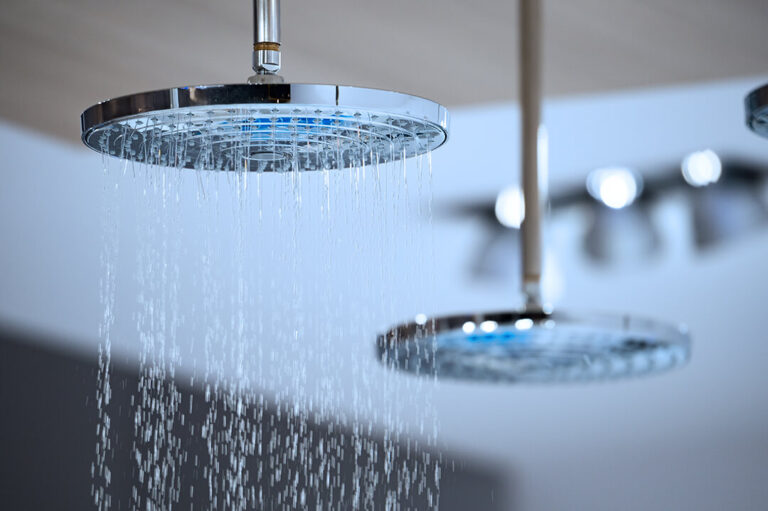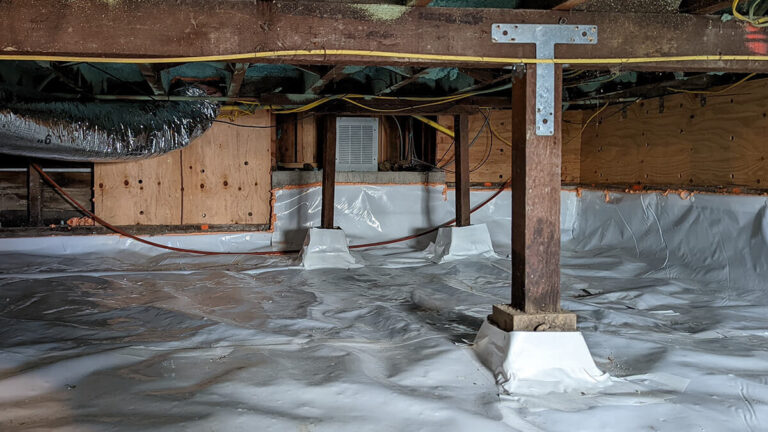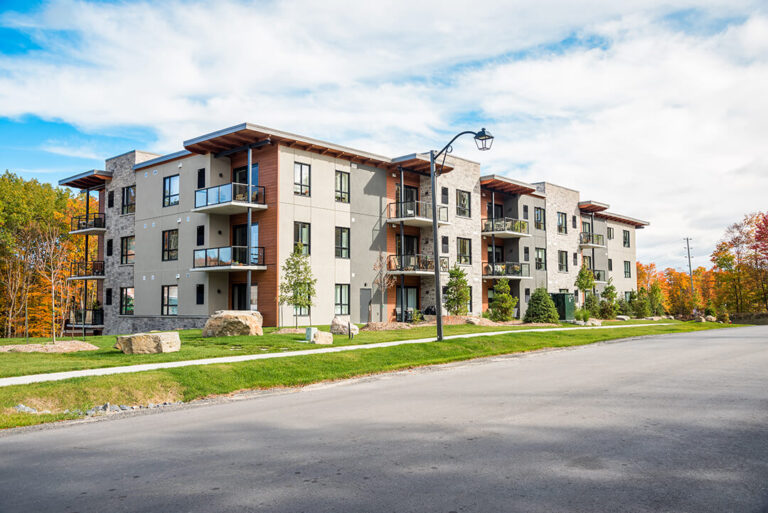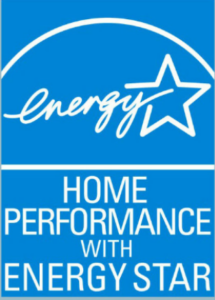Keith
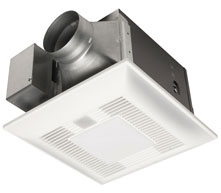
Common problems with bathroom fans:
It is a frustrating job going into house after house only to find the same issues. The main issues we find are excessive duct leakage (normally 30%), large building leakage, poorly installed insulation, undersized duct systems, oversized heating and cooling equipment, crawlspace moisture issues, and poorly installed ventilation equipment. Instead of talking about all of these problems, today I will talk about the ventilation equipment, ie; your bath fans.
Our assessment team and our installers test all of the bathroom fans that we come across. The average need of a bathroom is 80-100 cfm (cubic feet per minute – a basketball of air every minute) of ventilation. Nearly all of the bathroom fans sold are in that range, if not more. The average bathroom fan that we test is ventilating 20 cfm! Why? Simple, they are poorly installed.
1. The ducts are usually undersized causing high static pressure on the blower.
2. The ducts are easy to bend and curve around things which adds a lot of static resistance so the blower can’t fully ventilate
3. The ducts are uninsulated causing attic heat to conduct to the bathroom and in winter bathroom heat to conduct to the cold attic.
4. They are normally loud and annoying prompting people to not want them on.
5. They are rarely sealed to the attic ceiling and the box almost always has inherent leaks that were never sealed by the contractor.
6. There is rarely insulation covering the fan box in the attic which causes huge heat transmittance.
7. There is rarely a timer installed.
When we install a bath fan we check it’s flow with a precision flow meter to confirm it is ventilating correctly. This is almost never done by contractors. Here is what you should expect from a properly installed bathroom fan.

A properly chosen and installed bathroom fan should:
1. Have a low watt draw. This is accomplished by low static pressure with an ECM fan motor.
2. Be very quiet. It should be virtually silent.
3. Have a measured fan flow. It should be pulling as much air, or more, than is stated by the manufacturer.
4. Have minimal conduction loss. We use insulated duct for the fan, which also reduces noise.
5. Have no air leakage. We seal it to the attic ceiling and seal all of the holes.
6. Be insulated over the attic side fan box after it is installed and commissioned.
7. Have a timer on the fan switch. We do this so after you take a shower you can leave the fan on from 5-45 minutes with the push of a button. This is so you can exhaust all of the moisture that is left after you shower and not worry about going back to shut it off.
With a properly sized and installed bathroom exhaust fan you should expect quiet running at fully rated exhaust with low watt draw.
Get in contact:
For more information about bathroom fans and residential ventilation, call (925) 363-4498 to speak to a technician or schedule a Professional Energy Assessment. You can also e-mail: info@epbuilders.com




